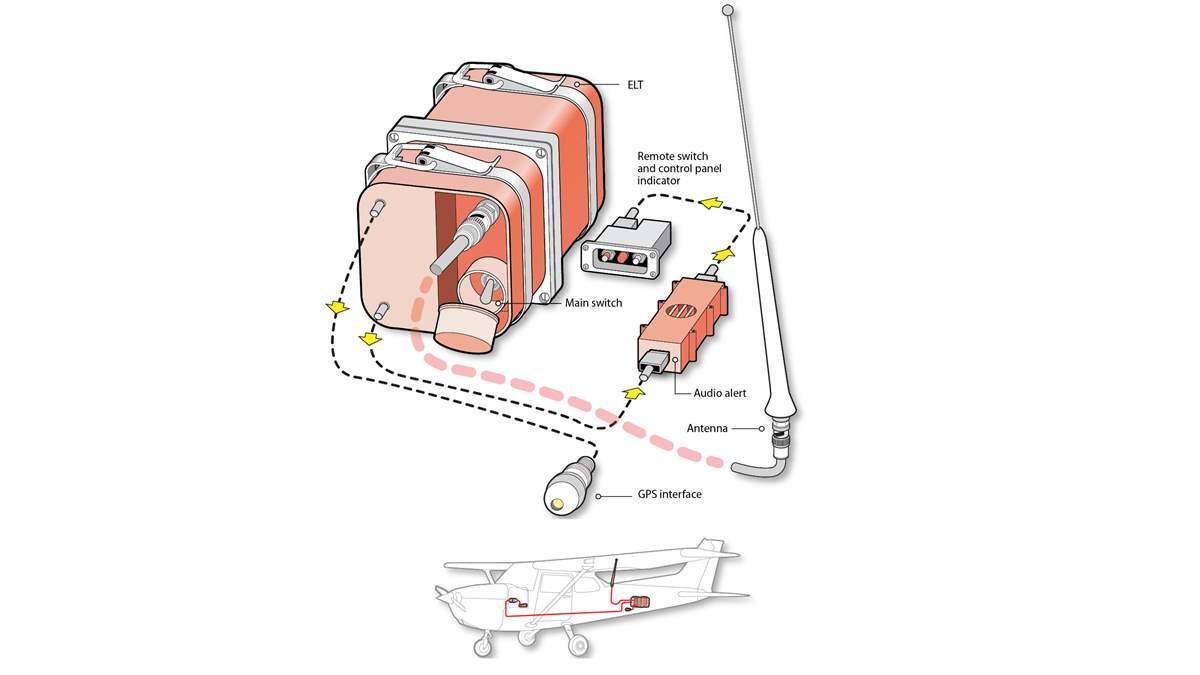How it works: Emergency locator transmitter
Your beacon of hope

If you have a problem and land off-airport, getting down safely is only the first order of business. Being found is the next.
An accident in the early 1970s prompted a mandate for a piece of equipment that would make aircraft easier to find if the worst happened, and an airplane didn’t make its planned destination.
Emergency locator transmitters (ELTs) are small, battery-powered devices that broadcast a distinct sound on a dedicated emergency frequency. Older units broadcast on the emergency frequency, 121.5 MHz, while newer models broadcast on 406 MHz. A group of dedicated officials listen for signals, which are captured by satellites and then sent to a command center.
For the system to work properly the ELT must first begin transmitting, and then someone must be listening. Accelerometers in the units are designed to activate the emergency signal once a certain force threshold is reached. A few years ago the satellites stopped collecting signals from 121.5 MHz units, meaning your only hope for rescue with an older ELT is if an overflying pilot hears the signal.
Newer 406 MHz models activate much more reliably—more than 80 percent of the time—and send a signal that is much easier to pinpoint. If the unit is paired with the aircraft’s GPS, your position can be determined even more exactly.


